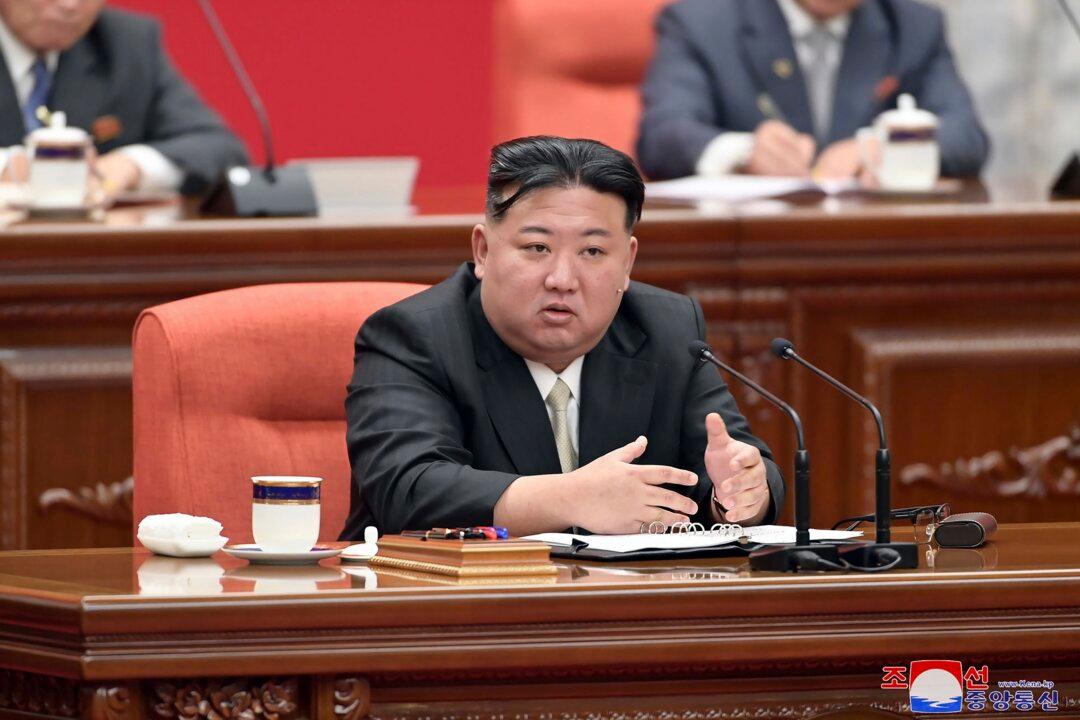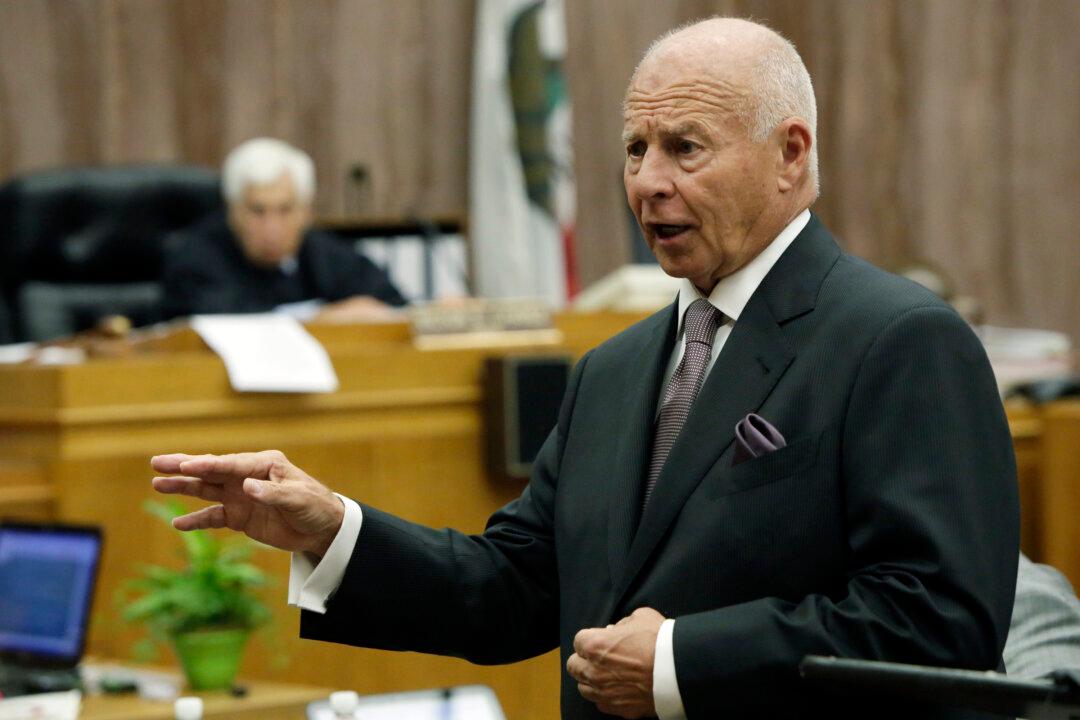North Korea said on Jan. 19 that the communist regime has tested a nuclear-capable underwater attack drone off the coast of the Korean Peninsula that’s capable of destroying naval vessels and ports, in response to naval exercises conducted by South Korea and its allies earlier in the week.
The latest show of force is another attempt by North Korea to blame South Korea, the United States, and Japan for rising tensions in the region, and occurred just days after North Korean leader Kim Jong Un said that the long-standing goal of peaceful reunification with South Korea is no longer on the cards.
At the time, Kim also stated that his country would rewrite its constitution to define South Korea as its “primary foe and invariable principal enemy.”
The North Korean leader has been accelerating his weapons testing and underlining it with threats of nuclear conflict, stoking tensions on the peninsula to their highest point in years. That has led to responses by the United States and its Asian allies, prompting Kim to portray these as rehearsals for an invasion.
The underwater drone was first tested last year, according to North Korean reports, and comes in addition to an already existing heavy arsenal of weapons systems that North Korea has been expanding in recent years. However, South Korea’s military says North Korea has exaggerated the drone’s capabilities.
North Korea’s military said it conducted the test in the nation’s eastern waters in response to a naval drill by the United States, South Korea, and Japan in waters south of Jeju Island. While the naval drills ended on Jan. 17, North Korea didn’t specify when exactly it had tested the drone.
“Our army’s underwater nuke-based countering posture is being further rounded off and its various maritime and underwater responsive actions will continue to deter the hostile military maneuvers of the navies of the U.S. and its allies,” North Korea’s Ministry of Defence said in a statement.
Meanwhile, South Korea’s Ministry of National Defense denounced North Korea’s recent tests as a violation of U.N. Security Council resolutions. Moreover, it said they pose a threat to peace in the region and globally.
The U.S. and South Korean militaries are poised to take a firm defensive stance against future North Korean provocations, the South Korean ministry said.
North Korea’s recent tests have included various missile systems designed to target the United States and its Asian allies, including long-range missiles capable of reaching the U.S. mainland—all while maintaining a position that authorizes its military to conduct preemptive nuclear strikes if North Korea’s leadership is under threat.
The regime’s first ballistic missile test of 2024 was carried out on Jan. 14, with North Korean state media describing the projectile as a new solid-fuel, intermediate-range missile tipped with a hypersonic warhead. The missile is likely intended to target U.S. military bases in Guam and Japan.
An emergency meeting of the U.N. Security Council was called on Jan. 18, in which South Korea urged the council “to break the silence” over North Korea’s escalating missile tests and threats.
Previous efforts by the United States to impose heavier sanctions on North Korea over its recent weapons tests were blocked by Russia and China, both of which are permanent members of the Security Council, while South Korea is serving a two-year term.






